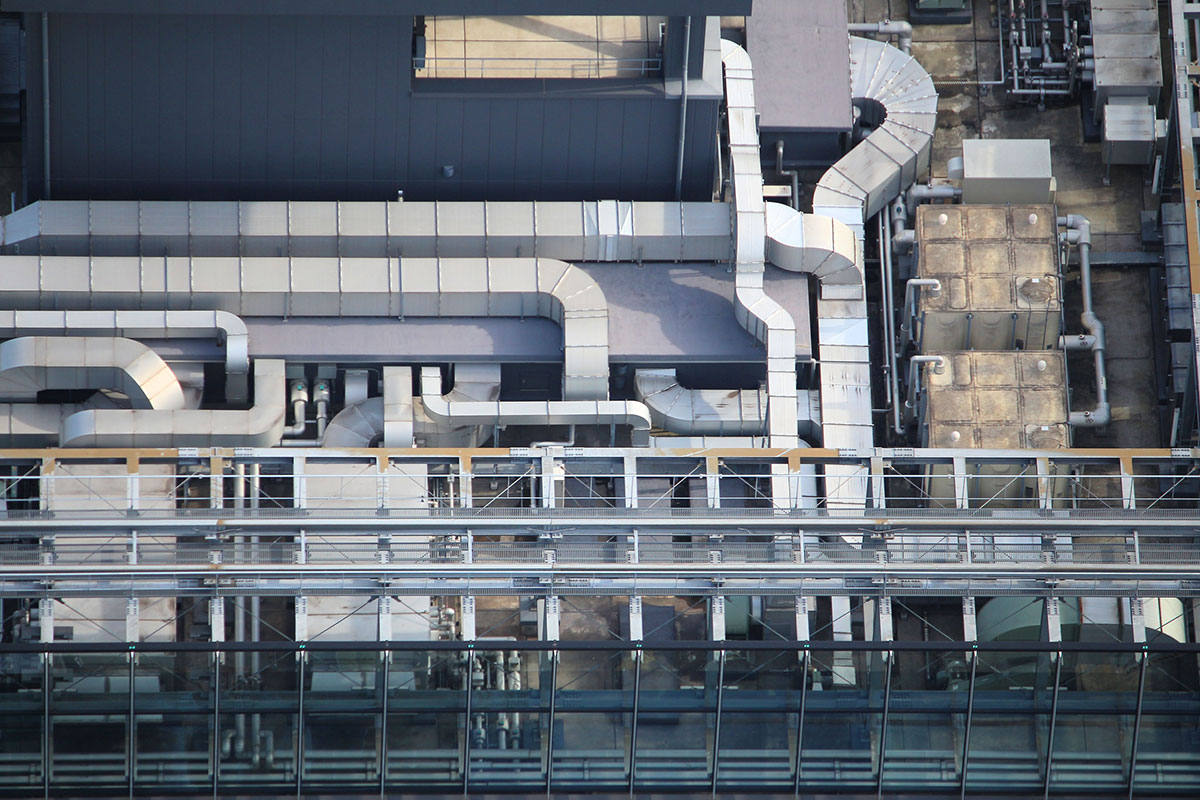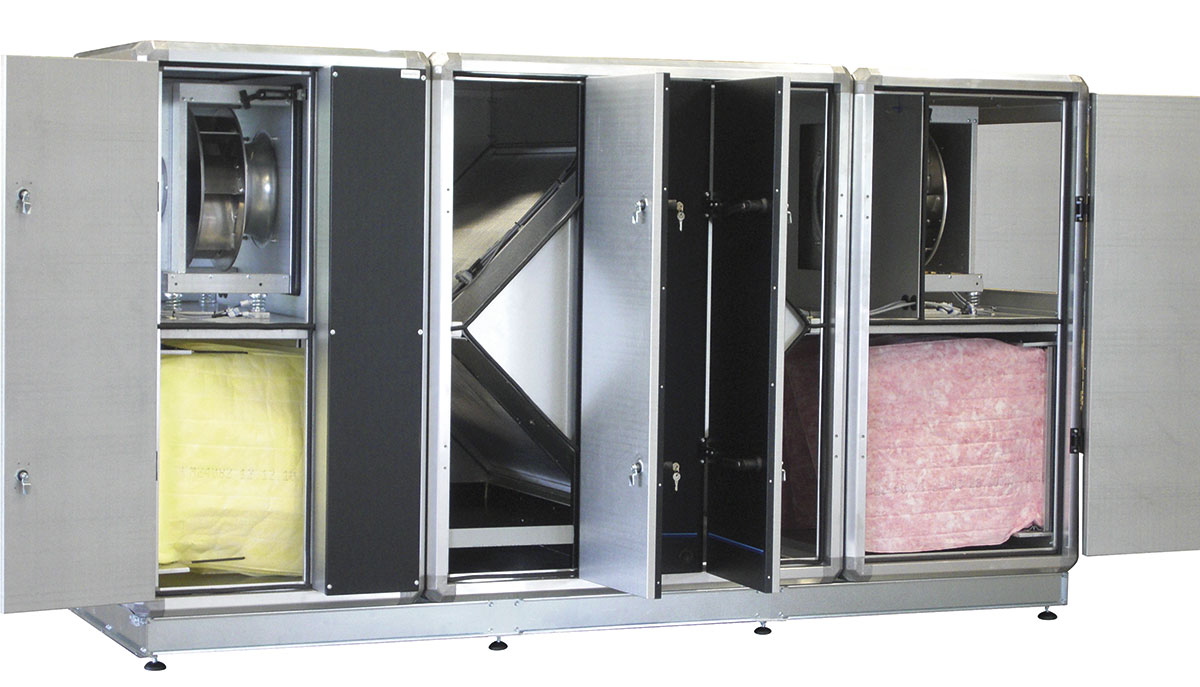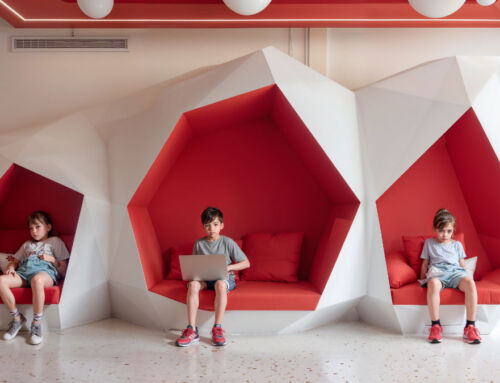Ventilation is the supply of outside air to and removal of inside air from an enclosed space, in order to improve its environmental quality. It is a process that is required by virtually all building and architectural codes in most enclosed spaces, especially when they are intended for human occupancy. Whilst early architectural and building codes required simple ventilation, today’s regulations prioritise ventilation with heat recovery.
Heat recovery ventilation transfers heat from the exhaust air through heat exchangers, thereby increasing energy efficiency. In simple terms, heat recovery in ventilation has the following functions in architecture and construction:
–Preheating the air in order to reduce the energy required for heating.
–Cooling the air to reduce cooling energy, with bypass function, especially at night, to cool.
–Evacuating condensation generated in the exchange between cold flow and warm flow.
–It filters the incoming air and improves the quality of the indoor environment.
Moreover, ventilation systems with heat recovery have different efficiencies depending on their typology, among which we distinguish:
-Cross-flow plates: recovers sensible energy with efficiencies of up to 80% (depending on plate design). Advantages include low costs, low pressure drop and full flow separation.
–Parallel flow plates: recovers sensible energy with efficiencies above 80%. They increase the contact surface area for higher efficiency, low costs and flow separation.
–Rotary or enthalpy system: recovers sensible and latent heat by means of a wheel where the air flows are mixed. The main advantage is that the rotor can be hygroscopic enthalpy or absorption (depending on the climate zone), with moisture recovery and efficiencies up to 85%, depending on the design.
In addition to the heat exchanger, other important components of the heat recovery unit are the fans and filters, which affect the consumption and efficiency of the process.
In the architectural and construction projects it undertakes, Amusement Logic studies the specific needs, according to the particularities of the space and the local climatology. In this way, it applies customised solutions that meet the design requirements.
By Juan Carlos Soria, senior MEP engineer in Amusement Logic’s architecture department.







